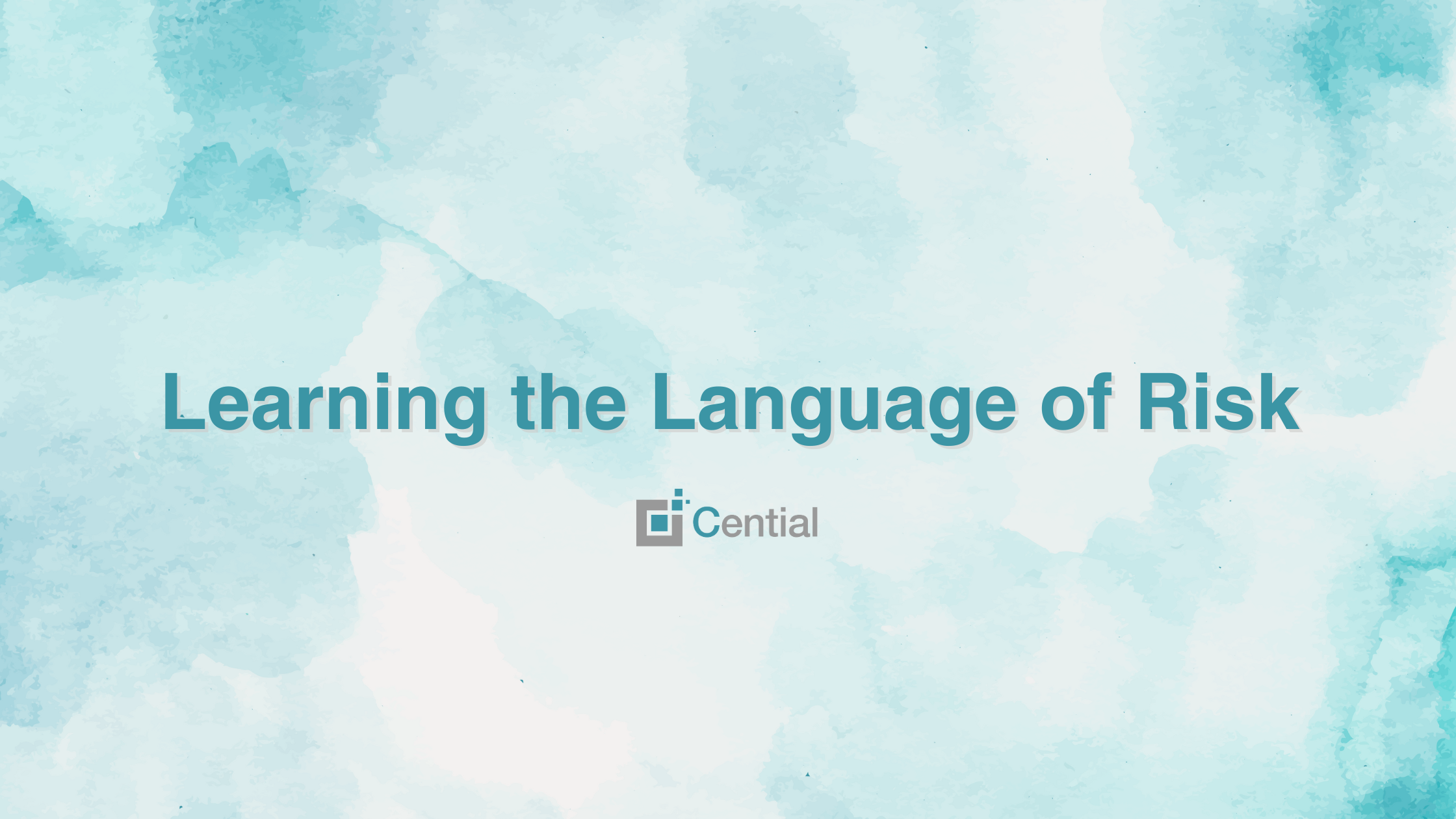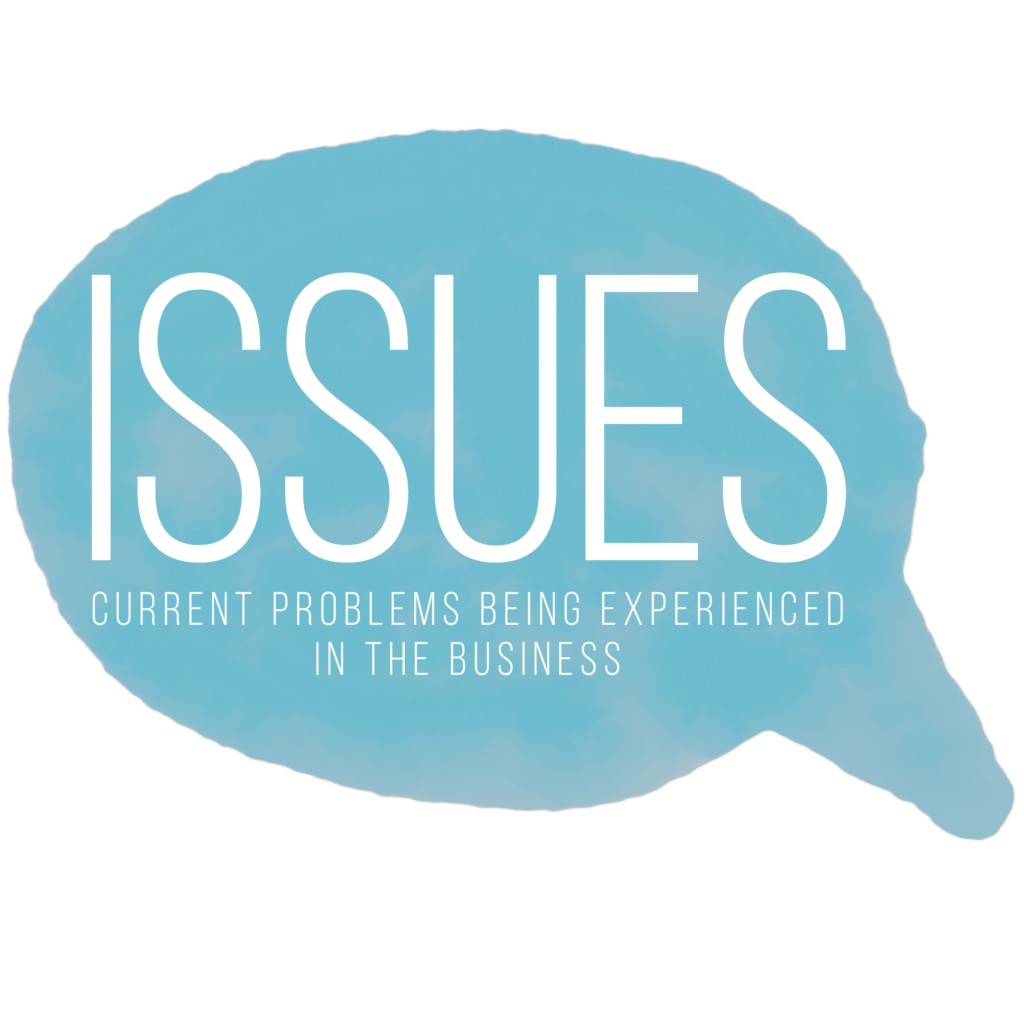
– Sophie Koch, Cential 2024 Summer Intern
As Cential’s Enterprise Risk Management (ERM) Summer Intern, I have had the opportunity to learn the language of risk management. This has happened alongside my attempt to gain a basic understanding of the Italian language as I prepare to study in Milan for the upcoming semester. The learning experiences have been remarkably similar, highlighting the universal challenges of gaining linguistic control.
Essentials to Know
The first things to learn in any language are those that are necessary to navigate daily interactions. For my Italian studies those included “hello,” “thank you,” and “how are you?” The very first, and most fundamental, term I learned this summer was Risk.
Without an understanding of this concept, I would have just been sitting idle all summer. Just as ordering a “latte” in Italy would get you a warm cup of milk, the way that “risk” is used in everyday language often creates incorrect assumptions about results.
Risk is not something identified to hold back the achievement of strategic objectives but rather a critical factor that must be understood, managed, and sometimes embraced to navigate towards those objectives.

Just as language helps us communicate and interact effectively, understanding risk allows for anticipation of potential challenges and opportunities, enabling informed decision-making. Without this fundamental comprehension, the actions taken could be misguided, just as a misinterpreted word could lead to confusion in a foreign country.
Frequently Confused Concepts
Learning a language usually includes encountering homophones – words that look or sound similar but have different meanings, and can lead to miscommunications. In ERM, there are terms that are often confused, making it more difficult to integrate the risk program with the rest of the business.

Perhaps the most common example of this is the difference between a risk and an issue. Current problems being experienced in the business are often recorded as risks, but are actually issues. Issues that are incorrectly reported as risks put extra burden on the ERM team and take away the capability to address real risks to the business.
Another example is confusing “inherent risk,” the level of risk present before any controls are applied, and “residual risk,” which is the remaining risk after controls are in place. If a pair of terms are used interchangeably, incorrect assumptions about how to effectively address them can be made.
Accommodating Nuances
Both language learning and ERM involve understanding nuances that go beyond just the basics. In Italian, this includes pronunciation, cultural considerations, and spelling variations. For instance, the pronunciation of certain letters can change based on context, and cultural norms dictate how and when certain phrases are used. In ERM, the nuances are equally important. The cultural considerations here revolve around the organization’s maturity level in risk management practices, which dictate the way conversations and decisions surrounding risk should be handled. Additionally, the “alphabet soup” of acronyms—such as ERM, GRC (Governance, Risk, and Compliance), and KRI (Key Risk Indicators)—can become a contributor to confusion around risk management topics.



Risk can be just as difficult to grasp as any other foreign language. Each requires an understanding of basic concepts, the ability to navigate often-confused terms, and an appreciation of nuances. My experiences at Cential this summer and my preparations for studying in Milan have shown me that learning a new language, in any context, requires both patience and practice.

Outstanding Sophie.